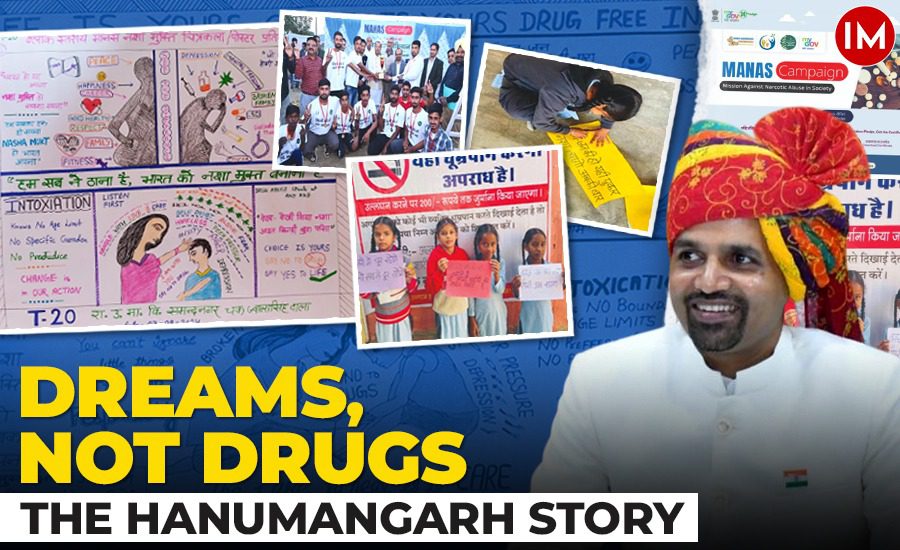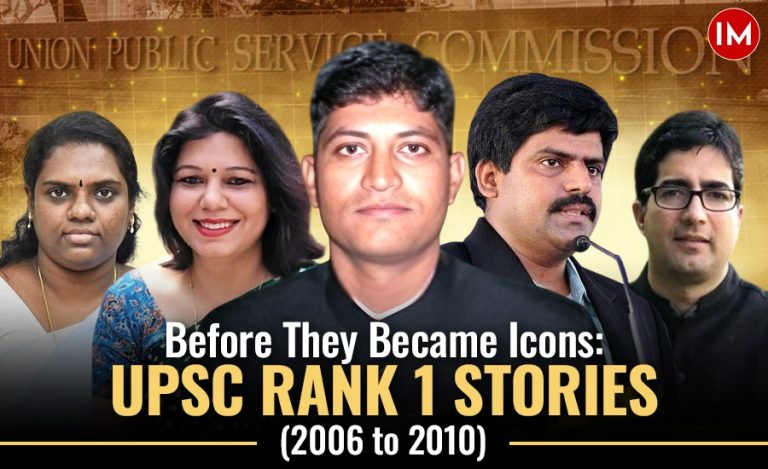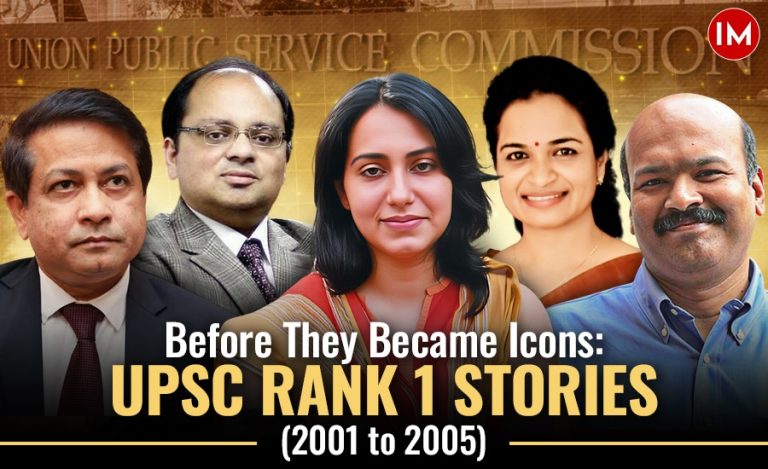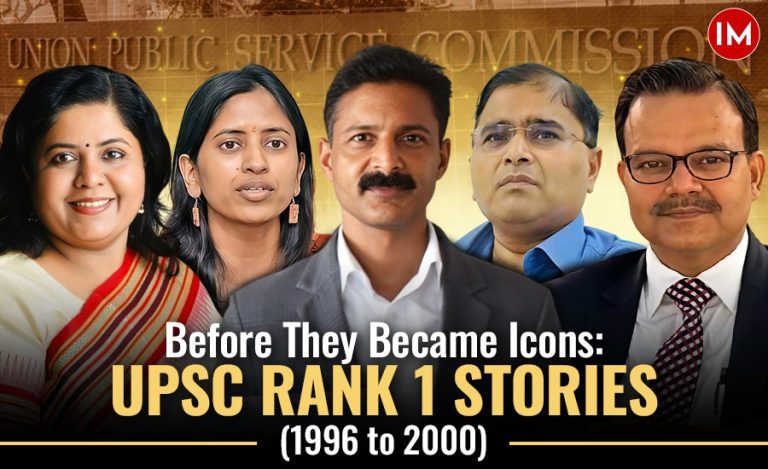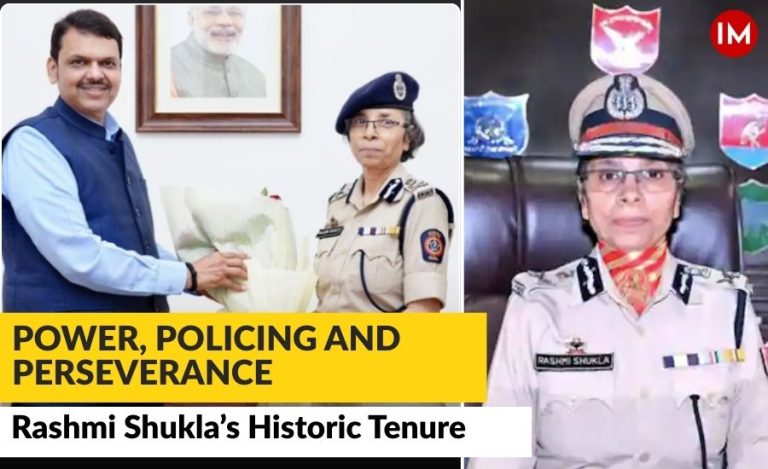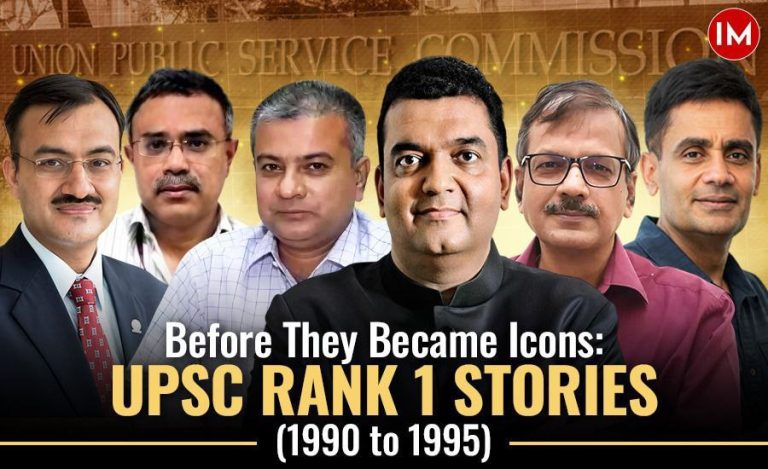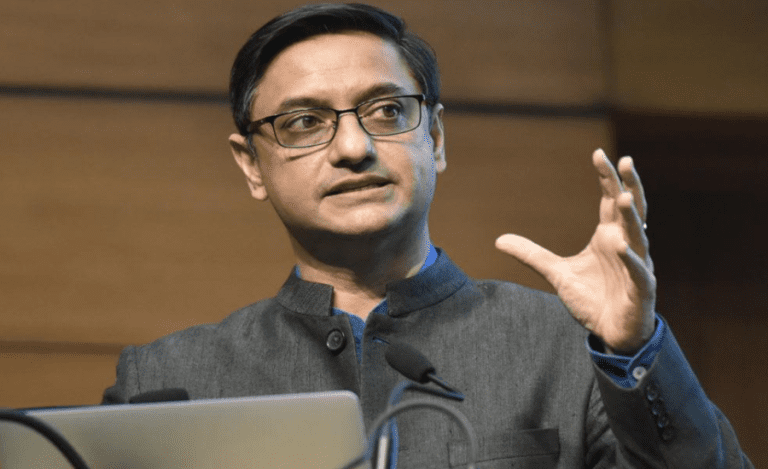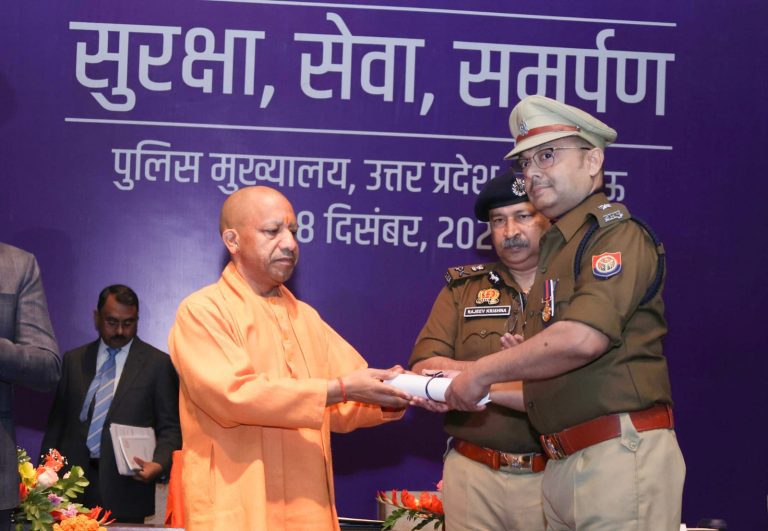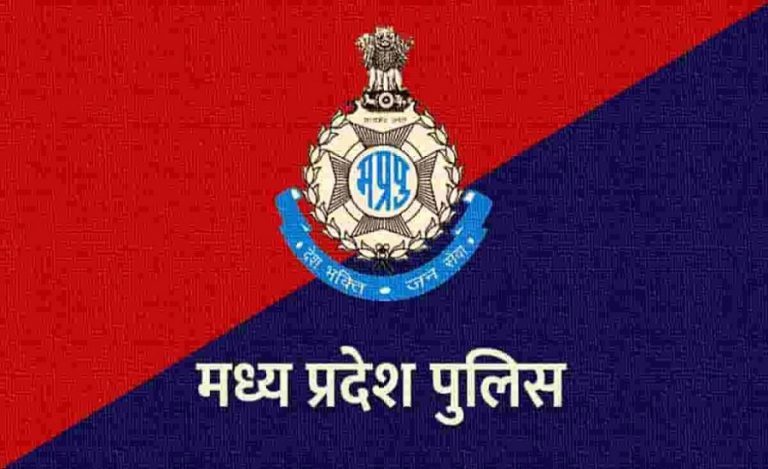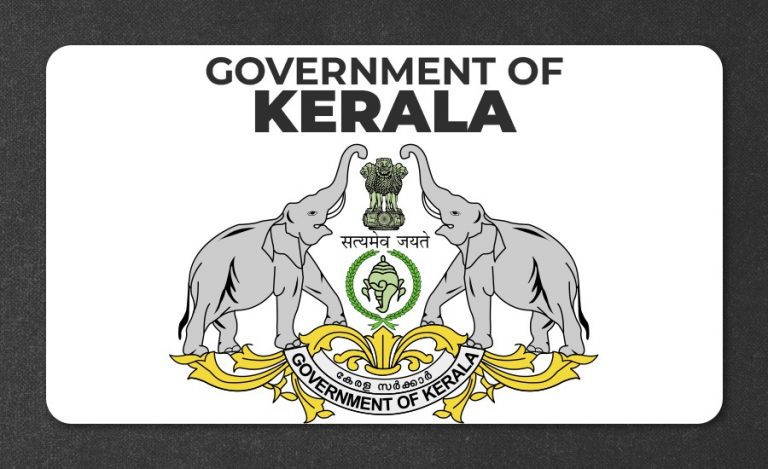Drug abuse is one of the most pressing public health crises affecting youth across India. In border districts like Hanumangarh, Rajasthan, where proximity to drug-trafficked states like Punjab and Haryana poses a constant threat, the crisis has taken deep root in the social fabric. But amid this grim reality, a beacon of hope emerged in 2024 – a community-led, government-driven initiative that is now being lauded as a model for the rest of the country.
At the heart of this transformation lies the Manas Campaign – an initiative that has tackled drug addiction not just through enforcement, but through awareness, treatment, counselling, and positive youth engagement. Spearheading this movement was a young and dynamic officer, District Magistrate Kana Ram, whose leadership has turned Hanumangarh into a replicable model of resilience.
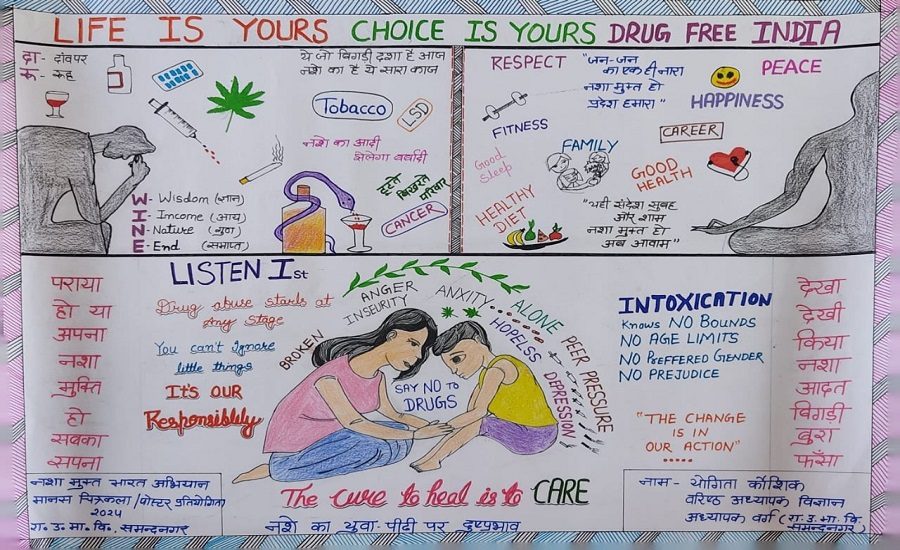
Kana Ram: The Officer Who Sparked a Movement
When 2013 batch IAS officer of Rajasthan cadre, Mr Kana Ram took charge as the District Magistrate of Hanumangarh, he inherited a region grappling with the increasing menace of drug abuse. Instead of approaching the issue solely through punitive measures, he envisioned a holistic, community-centric campaign to address the problem at its root. His tenure marked a turning point in the district’s fight against drugs.
“Drug abuse is not just a law-and-order issue. It is a social crisis. We needed to win hearts and minds, not just seize substances,” said Mr Ram.
The Manas Abhiyan (Mission Against Narcotic Abuse in Society), launched on June 26, 2024, was his brainchild – a coordinated action plan designed not just to treat addiction but to prevent it, educate the community, and empower the youth.
“Our goal was simple – every child in Hanumangarh should grow up in a drug-free environment with hope in their hearts and dreams in their eyes,” Mr Ram emphasized.
Under his stewardship, multi-stakeholder partnerships were forged, involving government departments, NGOs, local communities, and schools. The campaign became a shining example of what’s been called the “Nexus of Good” – where public-private synergy creates lasting social impact.
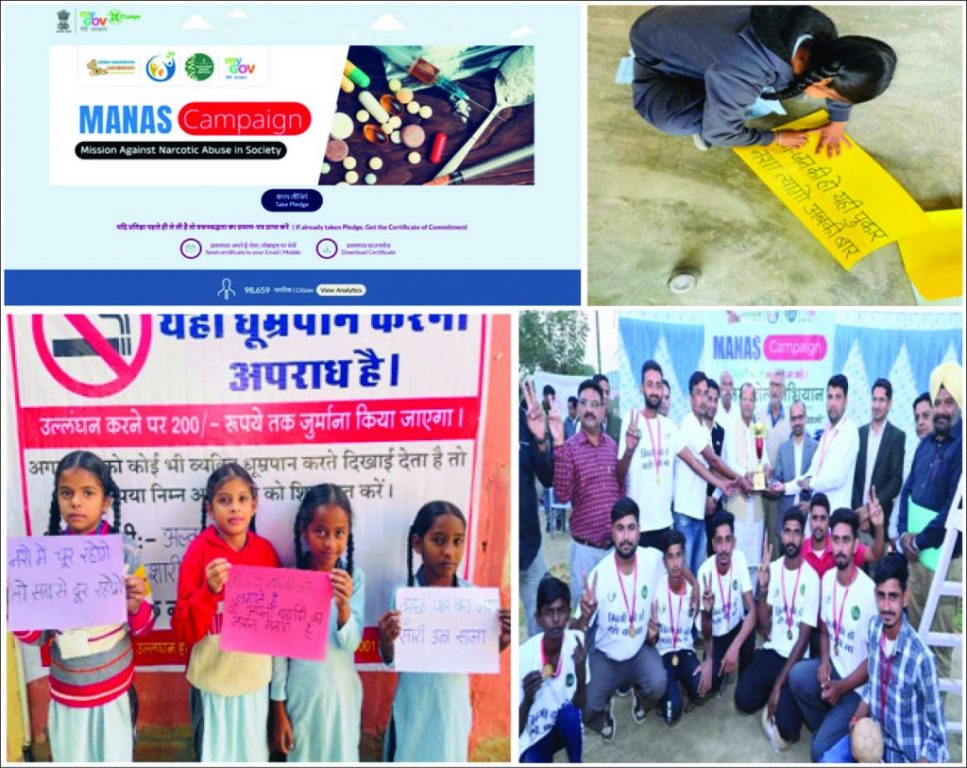
Comprehensive and Strategic Planning: Laying the Foundation
What made the Manas Campaign different was its micro-level planning and multi-pronged objectives, which included-
- Awareness and education to change mindsets.
- Rehabilitation and counselling of addicts.
- Capacity building of service providers.
- Strict enforcement against drug sales.
- Youth engagement through sports and culture.
A clear emphasis was placed on community participation, ensuring the campaign was not just government-led but people-owned.
“Sustainable change can only come from within the community. When people take ownership of the problem, the solution becomes permanent,” Mr Ram noted.
Raising Awareness: Changing Minds, One Youth at a Time
Realising that prevention begins with awareness, Kana Ram mobilised educational institutions to become the campaign’s first line of defence–
- Nodal teachers were appointed in every school.
- Training workshops were held across the district.
- “No Bag Day” was introduced every 4th Saturday, where 1.8 lakh students from over 2,000 schools participated in activities like essays, speeches, sports, and anti-drug pledges.
- A digital pledge platform on the MyGov portal saw over 1.3 lakh youth commit to a drug-free life.
- Awareness forums and ‘Manas Sakhis’ – trained women volunteers – were created to spread the message door to door.
These efforts created a powerful anti-drug sentiment among the youth, a demographic often at highest risk.
“We planted a seed in every school, and it is growing into a forest of awareness. These children will protect their homes, villages, and futures,” said the officer with pride.
Treatment and Counselling: Healing the Addicted
Understanding that many users needed help – not punishment – Mr. Ram prioritised treatment–
- A survey identified over 18,000 addicts in rural areas.
- 150 medical camps at CHCs and PHCs reached 3,500+ patients, of whom 1,015 began formal treatment.
- A dedicated drug treatment ward was set up at the district hospital, admitting 450+ patients to date.
- A helpline (01552-260295) was launched for easy access to counselling.
As a result, over 100 individuals have already overcome addiction and are reintegrated into society.
“Addiction is an illness, not a crime. With the right support, every person has the strength to reclaim their life,” said Mr Ram.

Enforcement and Monitoring: Hitting the Supply Chain
While compassion was key, stringent enforcement under Kana Ram ensured that the drug supply chains were disrupted–
Drugs worth ₹1.6 million were seized under drug control measures.
- The Manas e-Arogya portal, launched on October 5, 2024, tracks patient data and medicine stock at de-addiction centres, helping clamp down on misuse.
- Under the NDPS Act, 118 raids were conducted, seizing drugs worth ₹8 crore.
- Each of the district’s 16 police stations adopted a village, pledging to make them drug-free.
“Enforcement without empathy fails. Empathy without enforcement falters. We balanced both,” said Mr Ram, highlighting his strategy.
Engaging Youth: Sports as a Weapon Against Addiction
IAS Ram’s campaign recognised that idle hands are the devil’s workshop. Hence, the Manas Campaign heavily focused on youth engagement through sports:
- Evening traditional games were hosted in every gram panchayat.
- Public recognition of players during Chaupal gatherings boosted morale.
- Regular sports tournaments (gram, block, and district level) were conducted, involving over 8,000 participants.
- ₹7.29 crore was sanctioned for constructing playgrounds in 62 gram panchayats.
This focus on positive engagement offered an alternative lifestyle to the youth – one rooted in health, community, and purpose.
“When the playground is full, the clinic stays empty. That’s the kind of future we envisioned,” said Mr Ram.

A Replicable Model for India: Legacy of Kana Ram
Though Kana Ram has now been transferred to Sawaimadhopur, the impact of his leadership continues to echo through Hanumangarh. The Manas Campaign has not only shown how to build a drug-free district but has also become a template for national replication.
Feedback from communities, local leaders, and media reports confirm a marked decline in drug demand and trafficking in the district. More importantly, a social stigma against drug abuse is emerging, led by a generation of youth that has been awakened and empowered.
A Fight Worth Fighting
The scourge of drug addiction is one of the greatest threats facing Indian society today. But Hanumangarh has proven that with the right leadership, coordinated action, and community willpower, even the most deep-rooted problems can be tackled.
Officer Kana Ram’s tenure has become a benchmark in public administration – a story of visionary leadership, strategic planning, and heartfelt execution. The Manas Campaign is not just about ending drug abuse in one district – it is about reviving hope, restoring lives, and building a future where youth choose dreams over drugs.
“We did not just fight drugs- we built a culture of resilience. If Hanumangarh can do it, so can the rest of India,” concluded Kana Ram.

